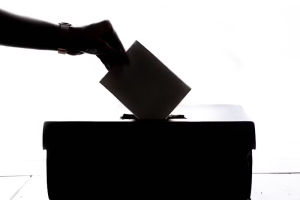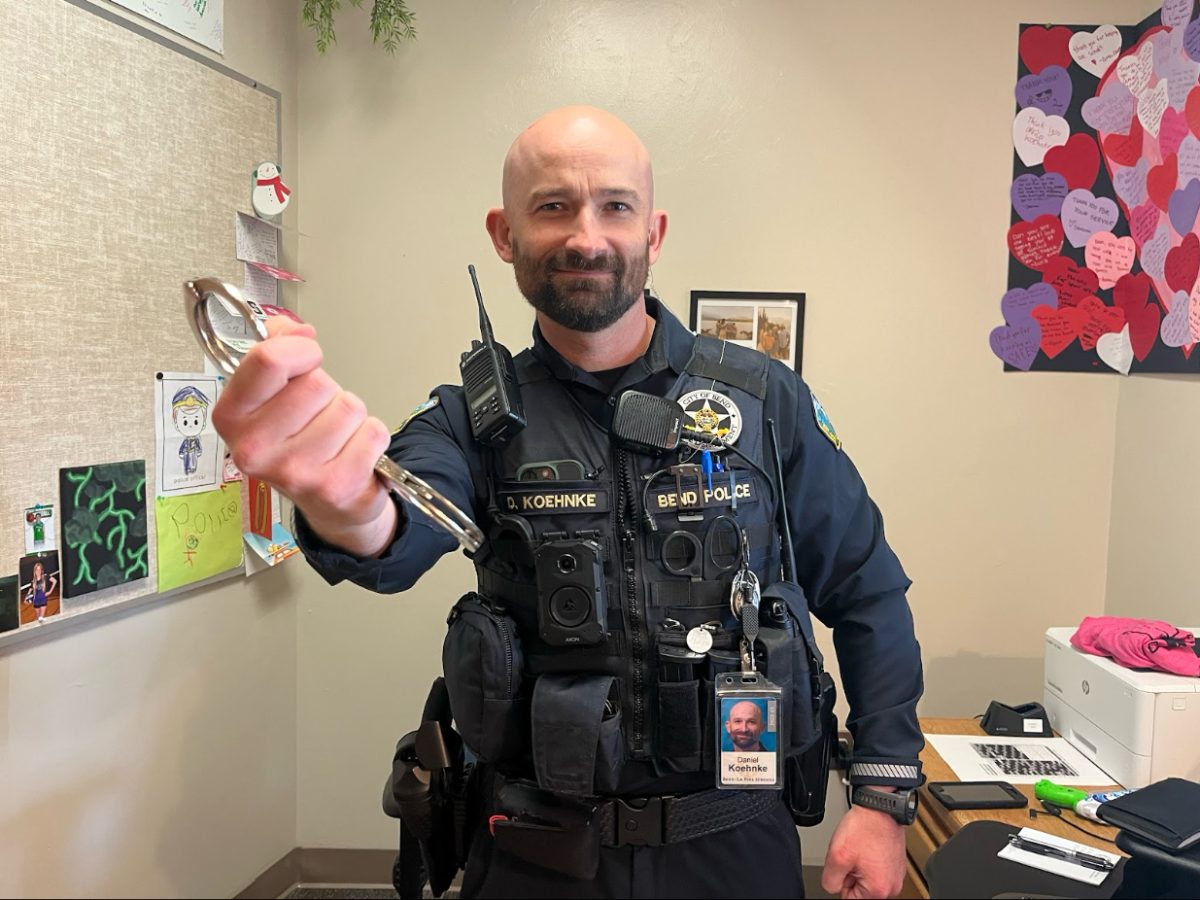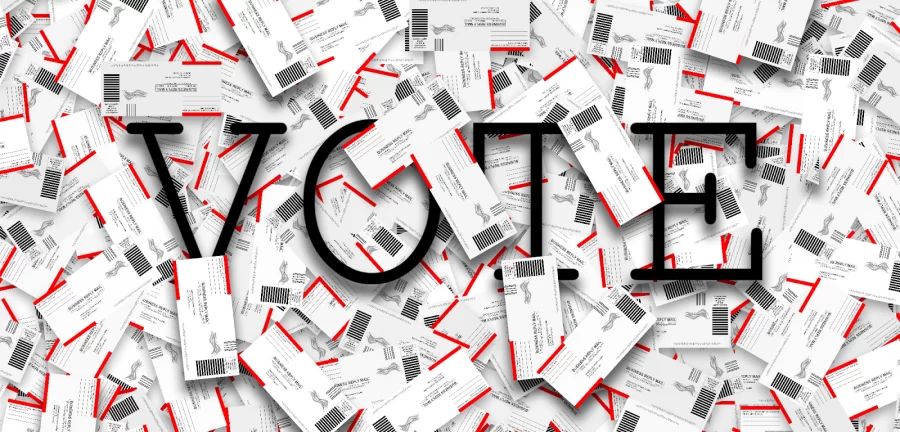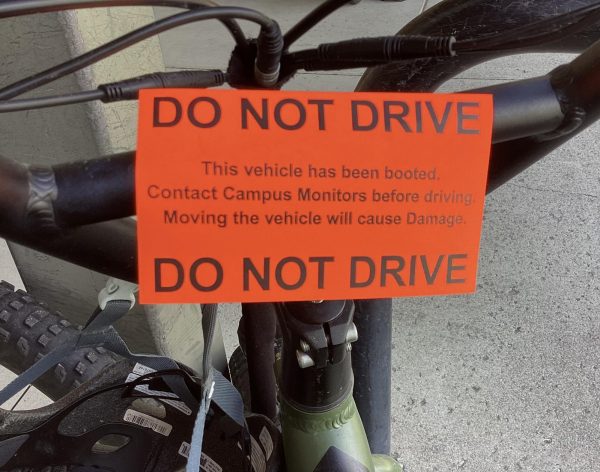What You Need to Know About Mail-in Ballots This Year
October 15, 2020
Throughout this election season, President Trump’s administration has repeatedly called into question the efficacy and fairness of the 2020 election. With Covid-19 eliminating the possibility of a number of polling stations across the United States, many states are turning to mail-in voting: the primary target of contestation by President Trump. Despite the tirade of attacks against this long-proven system of voting, Oregon election officials remain confident in the process.
Oregon was the first state in the country to implement mail-in voting as the standard system for local and state elections.. Since its implementation in 1988, mail-in ballots have been nothing but successful—resulting in a huge boost to voter turnout in Oregon. The State Of Oregon Elections Office reported a 54 percent voter turnout in May of 2016, more than double what many states would call “good turnout”, yet nothing to call home over for Oregonians.
Many might argue—President Trump included—that these benefits are overshadowed by the risk of voter fraud. However these concerns are not echoed by local election officials. Nancy Blankenship, the County Clerk and chief elections officer for Deschutes County has no doubts about the safety of this year’s presidential election.
“We have had a lot of experience with conducting vote-by-mail elections in collaboration with our partners, the US postal service,” Blankenship said. “It is a process that has worked, and will continue to work.” This confidence is more than substantiated by Oregon’s rigorous security and efficacy protocols.
Perhaps one of the most foundational aspects of Oregon election security is the harmonious collaboration between government agencies. Andrea Phiapella, a representative for Oregon’s Secretary of State, Bev Clarno, details this relationship.
“We work with our federal partners, including the FBI, homeland security, CISA, Social Security, and the postal service,” Phiapella said. These partnerships allow local and state elections offices to mitigate or even eliminate risks of election fraud.
President Trump routinely raises the possibility of voter fraud being committed citing ballots sent to dead people, an act that is rendered impossible by the Social Security Administration’s partnership with Elections Offices. While it is true that the deceased sometimes receive mail-in ballots, they quickly become void, as the Social Security Office routinely notifies the election’s office of recorded deaths. Voter fraud is made even more difficult by unique ballot ID barcodes and AI-assisted signature matching.
The culmination of the historic success and rapidly advancing authentication technologies have instilled a sense of unwavering confidence in Oregon’s Secretary of State Office.
“Our office does not have any doubt that the election is going to be safe and secure, and we don’t foresee any issues,” Phiapella stated. “All year round, we are constantly securing the system.”






























































